Crossing the $50,000 mark for the average price of a new vehicle in Canada is more than just a statistic it’s a wake-up call. In 2015, Canadians could still buy a well-equipped sedan for around $30,000, or even a compact SUV for less. Fast forward to 2025, and the landscape looks entirely different. Trucks and SUVs dominate the market, electric vehicles are reshaping expectations, and inflation has baked higher costs into every part of the industry. So why exactly are Canadians paying so much more, and what does this mean for the future of car buying? Let’s break it down.
The EV Premium

Electric vehicles are selling in greater numbers than ever, but they’re still expensive to build. Even so-called entry-level EVs like the Tesla Model 3 or Hyundai Ioniq 5 cost around $50,000 before incentives. Larger electric SUVs and pickups often start at $70,000 and climb higher. Battery packs remain costly, and those costs are passed directly to consumers, lifting the national average price upward.
Trucks Still Rule the Market

For decades, Canadians have had a love affair with pickup trucks. The Ford F-150 remains Canada’s best-selling vehicle, and its GMC and Ram rivals aren’t far behind. But most buyers are no longer choosing bare-bones work trucks. Instead, they’re purchasing crew cab models with plush interiors, advanced safety tech, and towing packages that send sticker prices soaring past $60,000. Trucks have become both tools and family vehicles, and their dominance pushes the average price higher.
SUVs Replace Sedans
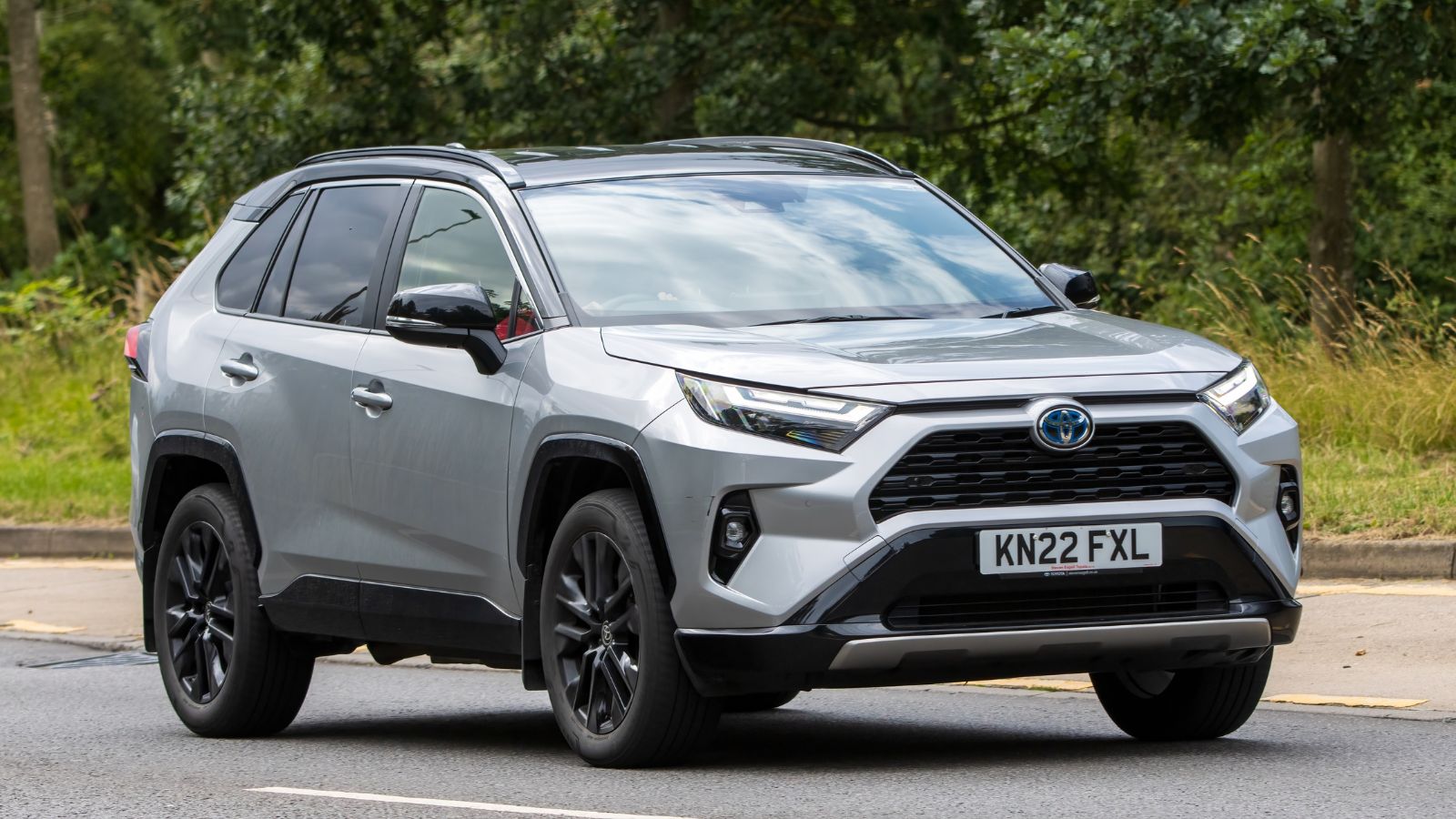
Sedans once kept prices grounded, but SUVs have taken over. Compact SUVs start near $35,000, mid-size SUVs often land in the $50,000 range, and full-size versions easily clear $70,000. With sedans vanishing from dealer lots, buyers who might once have driven home in a $25,000 four-door now find themselves in SUVs that cost double.
Supply Chain Aftershocks
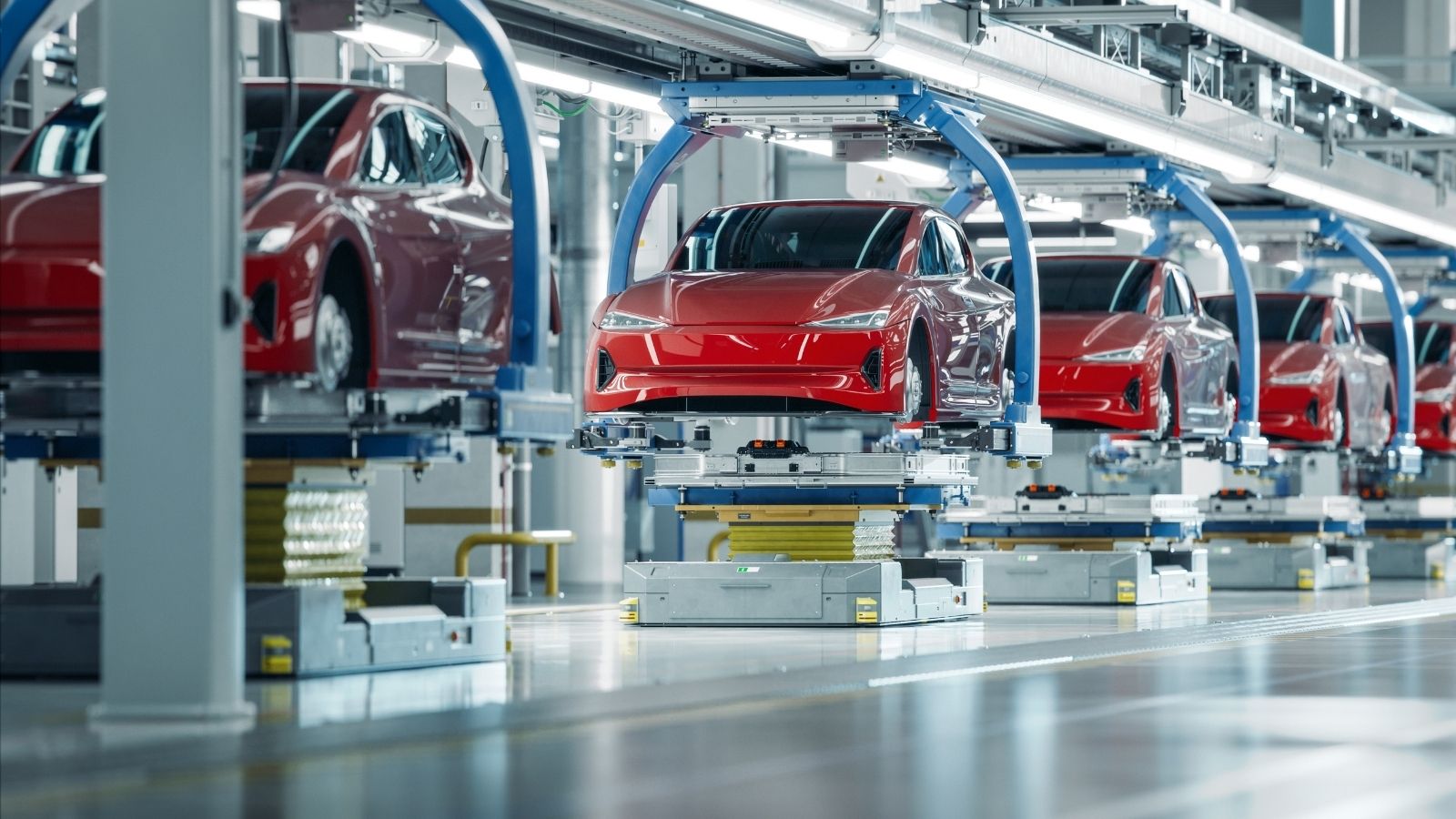
The pandemic disrupted global supply chains, especially for microchips and electronics. Automakers cut production, but when demand stayed high, prices skyrocketed. Dealers realized customers were willing to pay more, and discounts disappeared. Even as supply chains recover, automakers have little incentive to return to pre-pandemic pricing strategies.
Inflation Hits Every Level

Beyond cars themselves, inflation has crept into every stage of the production cycle. Raw materials like steel, aluminum, and lithium have risen in price. Labor costs are higher. Shipping and logistics are more expensive. These pressures show up directly in the sticker price of every new vehicle in Canada.
Tech Costs More Than You Think
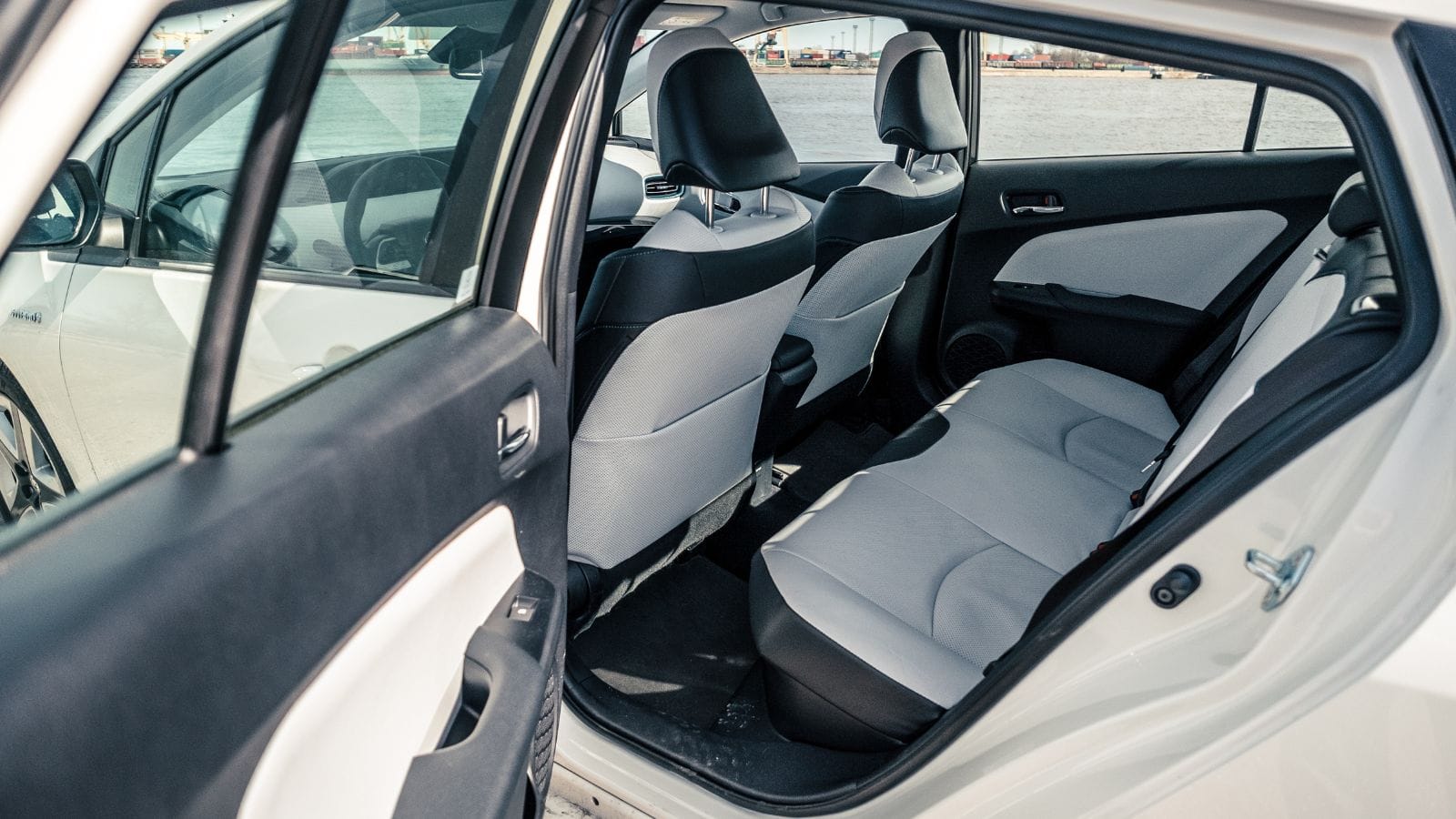
Today’s cars come standard with features once reserved for luxury brands. Large touchscreens, wireless connectivity, lane-keeping assist, adaptive cruise control, and automatic emergency braking are now common. But all of this technology requires sensors, chips, and development costs. Automakers can’t absorb those expenses, so the final price paid by Canadians continues to climb.
No More Bare-Bones Cars

Base models used to be the saving grace for budget-conscious shoppers. Cloth seats, manual windows, and a simple radio meant you could get a new car for far less. In 2025, those models are nearly extinct. Automakers prioritize mid-level and high-trim versions because the profit margins are better. That leaves buyers little choice but to spend more.
Shrinking Incentives

Government rebates for EVs and hybrids have softened the blow somewhat, but incentives are shrinking. Manufacturers, too, have cut back on discounts and cash-back offers. Where once buyers could expect a healthy rebate, now most pay near sticker price. Without these deals, the average paid price naturally trends upward.
Premium Brands Push Higher

Luxury automakers are selling more cars in Canada than ever before. Mercedes-Benz, BMW, Lexus, and Audi all continue to capture market share, and even mainstream brands now compete in luxury territory with high-trim SUVs and trucks. A Toyota Highlander Platinum or Ford F-150 Limited is priced right alongside German luxury SUVs. As Canadians opt for more upscale models, the average price continues to rise.
Financing Makes Expensive Cars Feel Normal

Higher transaction prices don’t necessarily scare buyers away thanks to longer loan terms. Seven- and eight-year financing deals are common, spreading payments over time. This makes a $60,000 SUV feel as affordable monthly as a $35,000 car used to feel on a shorter loan. The downside is that buyers are locked into debt longer, and the headline number keeps creeping up.
EV Infrastructure Costs Are Baked In
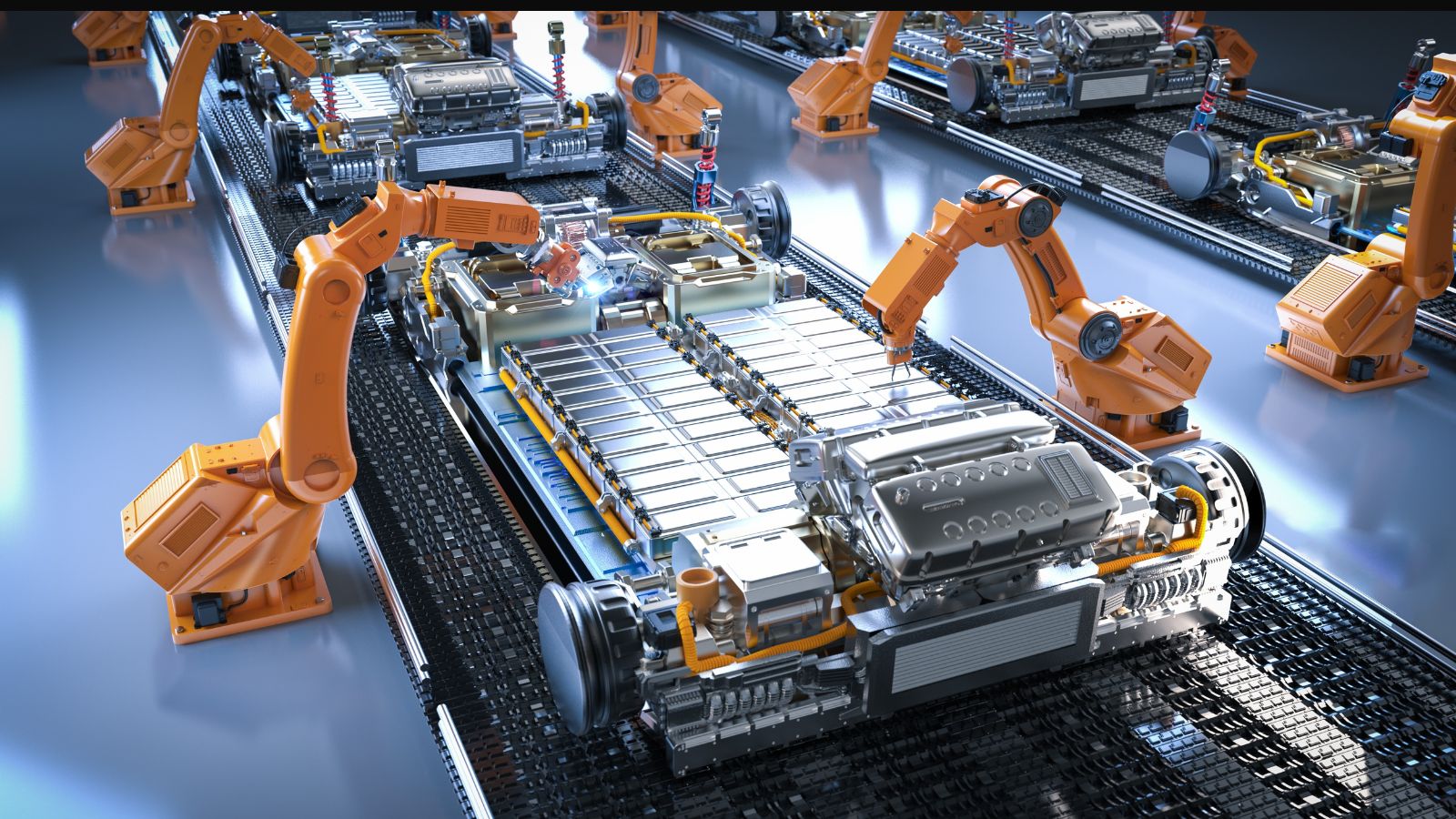
Automakers are investing billions into battery plants and charging networks. Those costs aren’t absorbed internally; they’re reflected in the sticker prices of new cars. Every Canadian buyer, whether purchasing an EV or not, is indirectly contributing to funding the industry’s transition to electrification.
Changing Consumer Expectations
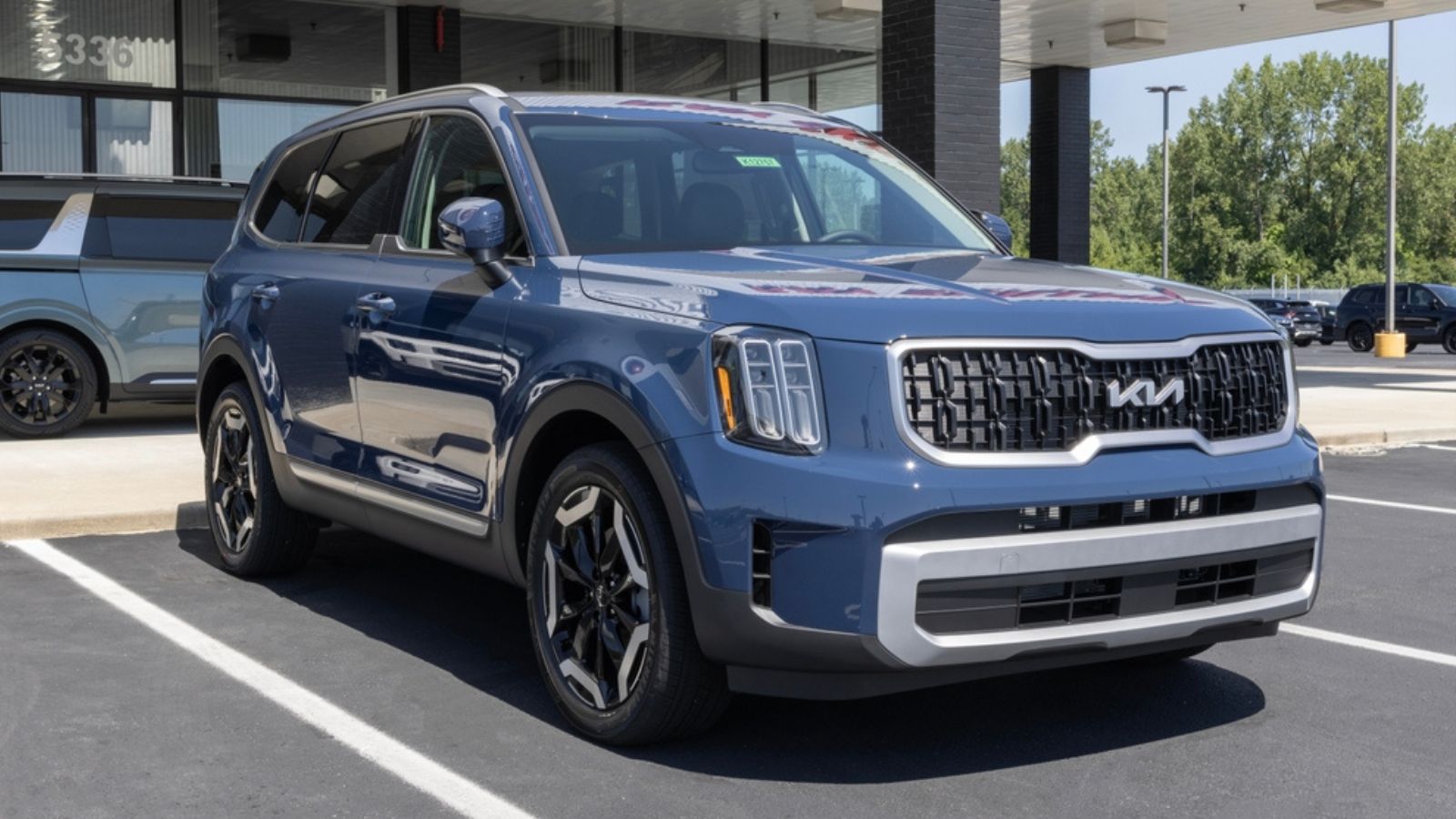
Shoppers don’t just want a car to get them from A to B anymore. They expect comfort, safety, advanced tech, and high-end finishes. A “basic” car in 2025 looks more like a mid-tier luxury model from 2010. These raised expectations naturally increase prices, since manufacturers build vehicles that align with what buyers demand.
Regional Price Gaps
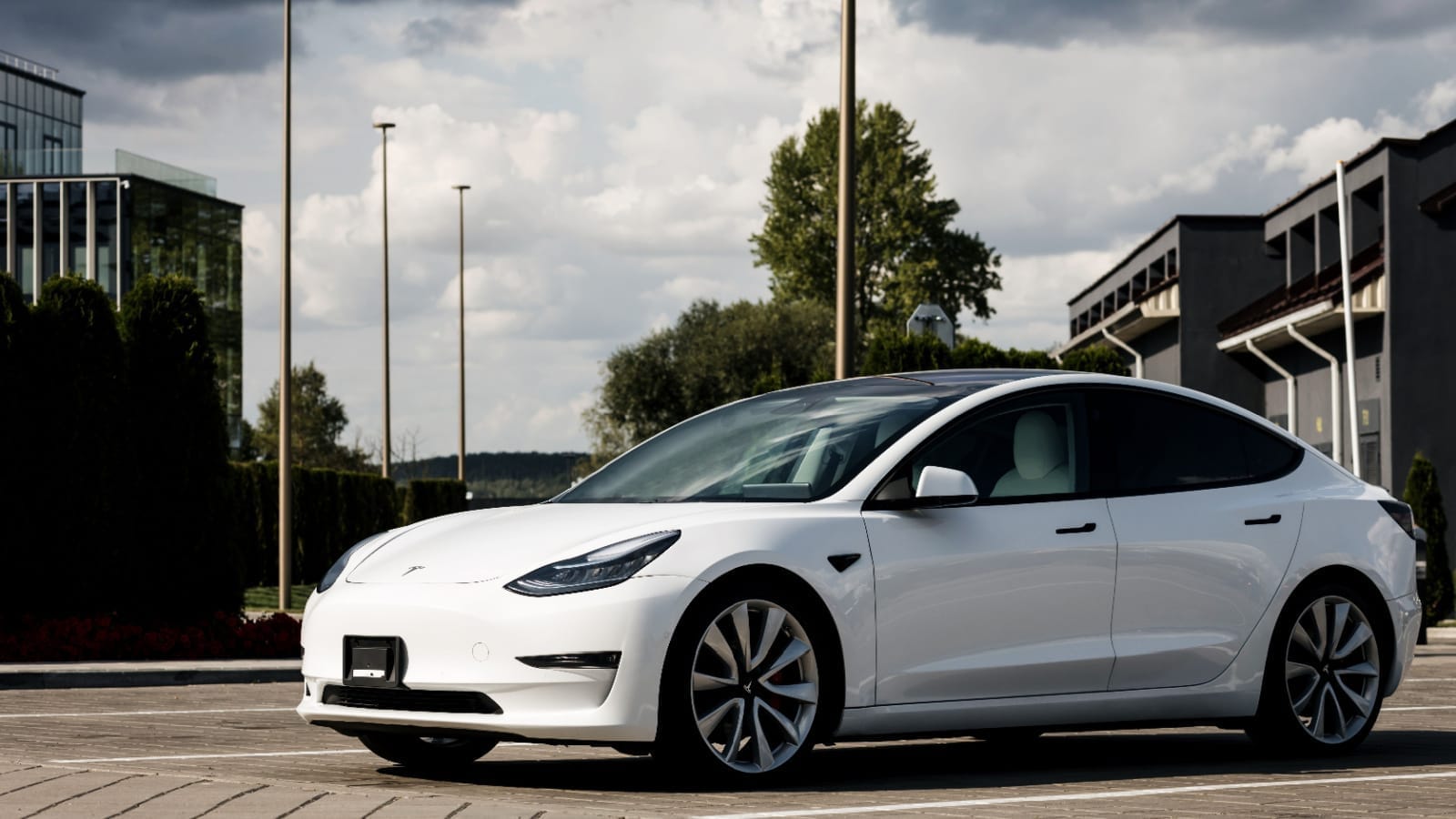
Where you live in Canada can also influence how much you pay. In Alberta, buyers gravitate toward well-equipped trucks. In Ontario and Quebec, EV demand is strong, and those cars carry higher average costs. Meanwhile, buyers in smaller provinces may face less dealer competition, which means fewer discounts and higher transaction prices.
Rising Resale Values Affect New Sales
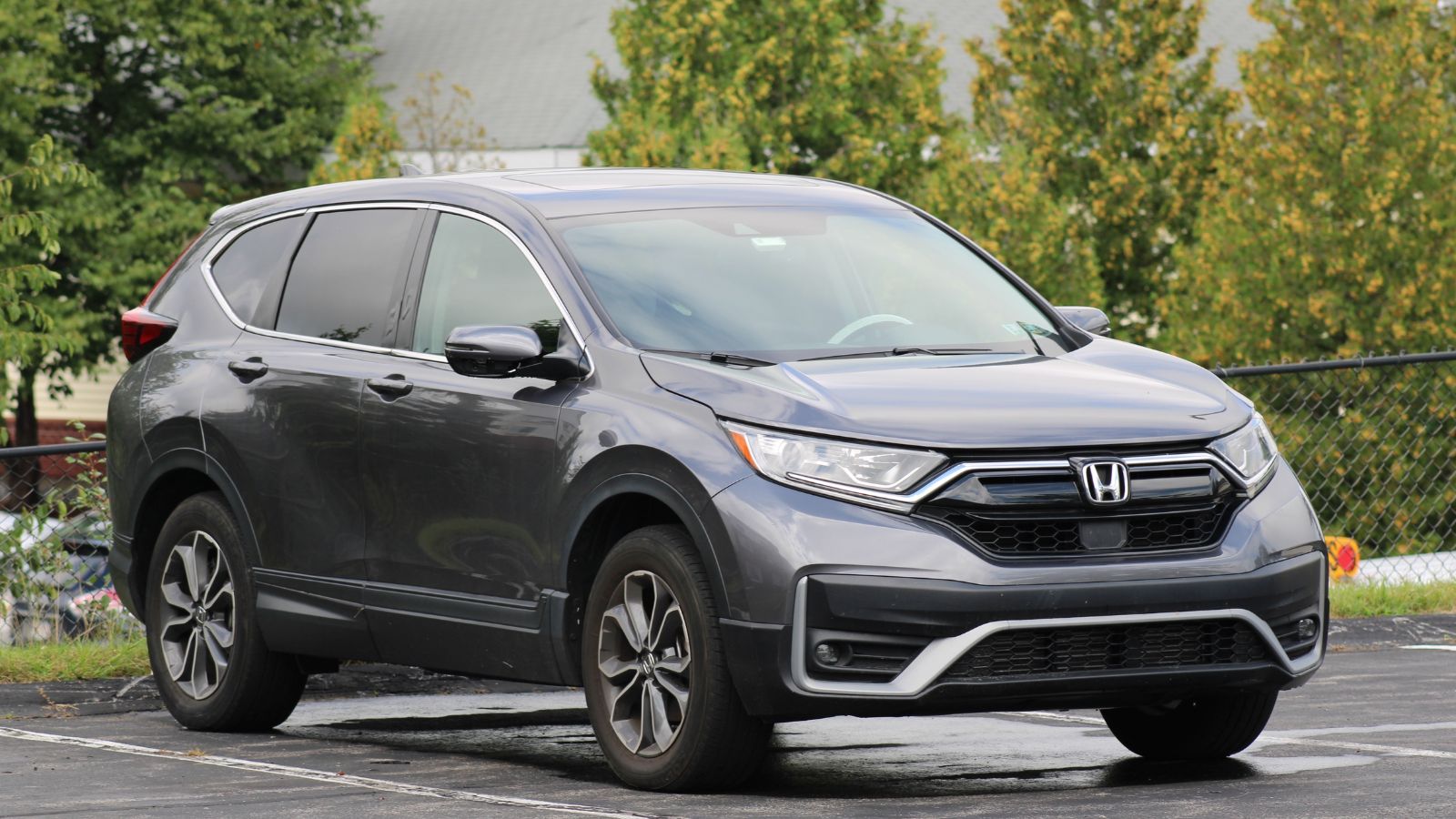
Used cars remain expensive, and that indirectly affects new car prices. Automakers know that if used vehicles are selling high, buyers are willing to stretch further for new ones. This has allowed manufacturers and dealers to hold firm on higher prices without losing sales momentum.
Longer Ownership Cycles

With cars costing more, Canadians are holding onto them longer. Automakers anticipate this and price accordingly, loading vehicles with features designed to appeal over a longer ownership cycle. That means fewer simple, cheap options are available, as brands aim to justify higher transaction prices with long-term value.
Fleet Sales Are Shifting
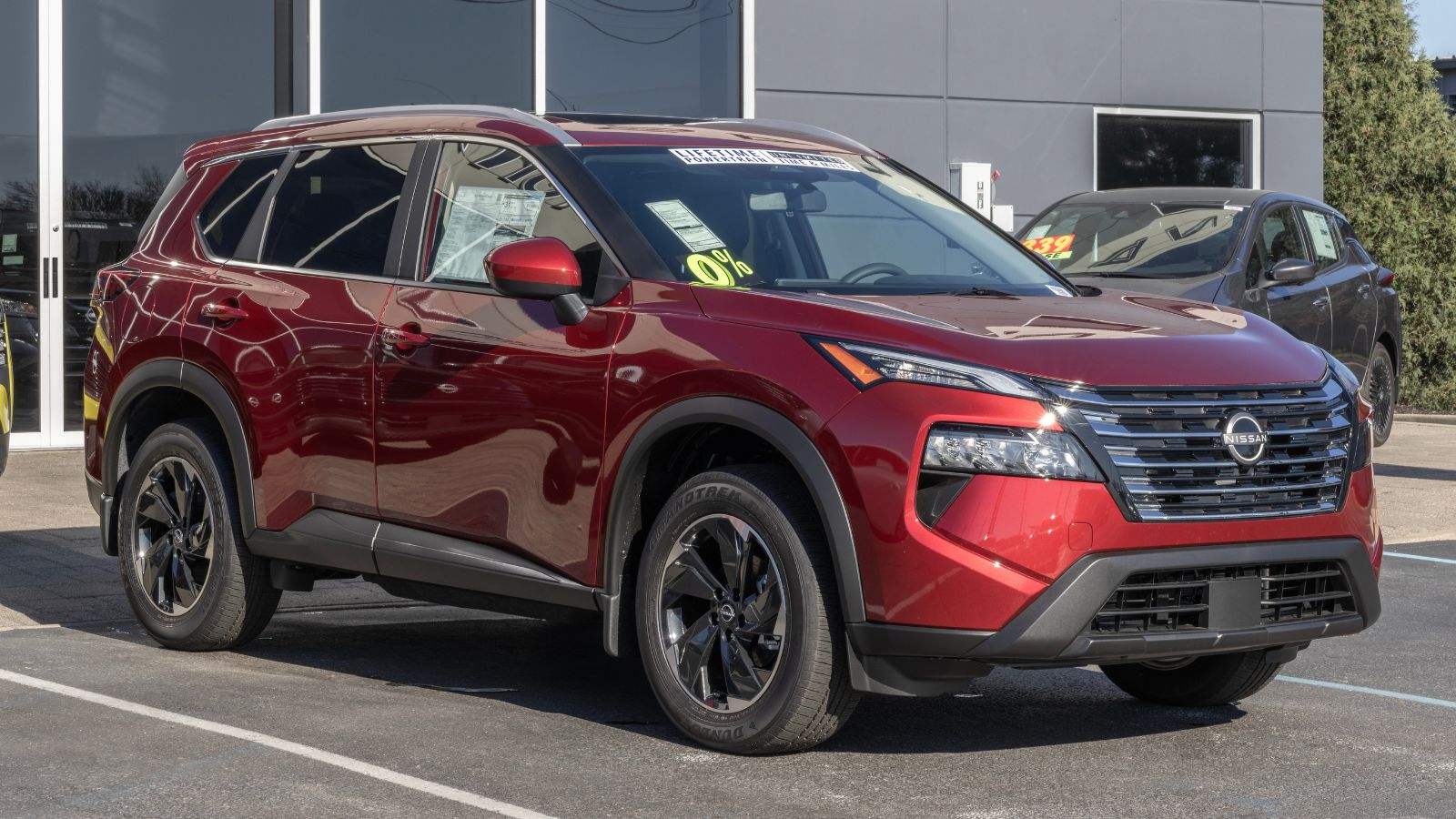
Rental car companies and corporate fleets used to buy stripped-down models in bulk, which kept the average sale price lower. Today, those fleets often buy higher-trim SUVs and trucks to meet customer demand. This shift away from basic fleet sales further inflates the overall average.
Safety Regulations Add Cost

Each new regulation comes with a price tag. Pedestrian detection, automatic braking, lane assist, and stability control aren’t optional anymore. While these technologies save lives, they also raise manufacturing costs. That cost is passed straight to Canadian consumers.
Dealer Practices

With demand outpacing supply in many markets, dealers are less motivated to negotiate. Markups, fewer discounts, and limited stock have created a market where buyers pay closer to sticker price than ever before. This inflates the average price nationwide.
The Used Market Pushback
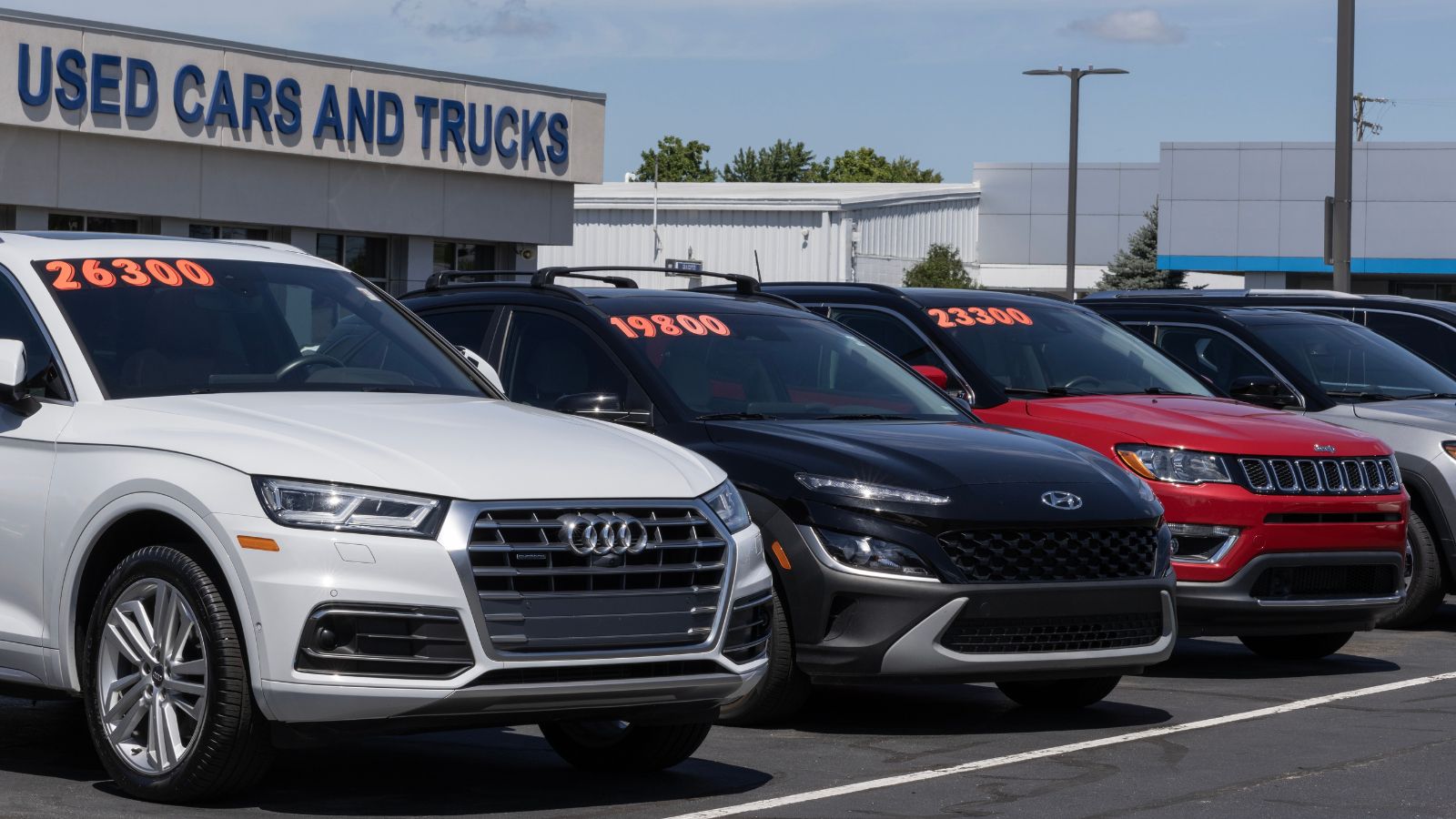
Many Canadians are responding by turning to the used market instead. But even used cars are expensive, as demand is high and supply is low. This keeps pressure on new car pricing, as buyers who want warranty coverage or the latest tech bite the bullet and pay higher new prices.
The Road Ahead

Crossing the $50,000 mark doesn’t mean Canadian buyers will stop buying new cars, but it does highlight a fundamental shift in the industry. EV adoption, consumer tastes, and inflation have combined to create a new normal where affordability looks very different than it did a decade ago. The key question is whether automakers will find a way to bring lower-cost models back to the market, or if Canadians will simply adjust to this new reality of high-priced wheels.
25 Facts About Car Loans That Most Drivers Don’t Realize

Car loans are one of the most common ways people fund car purchases. Like any other kind of loan, car loans can have certain features that can be regarded as an advantage or a disadvantage to the borrower. Understanding all essential facts about car loans and how they work to ensure that you get the best deal for your financial situation is essential. Here are 25 shocking facts about car loans that most drivers don’t realize:
25 Facts About Car Loans That Most Drivers Don’t Realize
